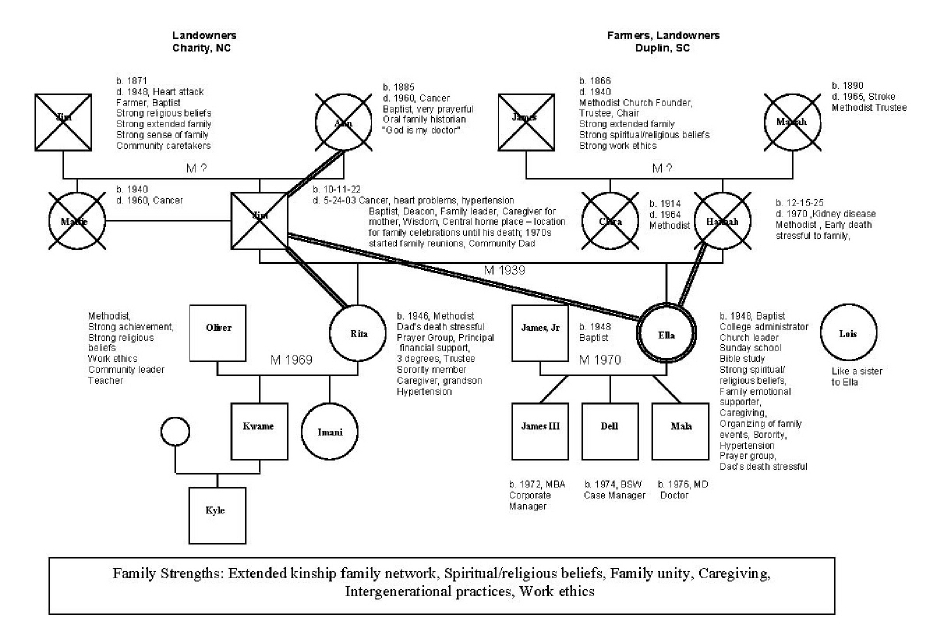

These findings reflect the limited availability of concrete strategies that incorporate conversations about culture, race and ethnicity into therapy in a tangible manner ( Cardemil & Battle, 2003) highlighting the need for a practical tools that facilitate the systematic integration of culture and context into the therapy process ( Cheung & Leung, 2008 Furness, 2005 Garran & Rozas, 2013).Ĭultural competence in engagement- the centrality of a shared understanding Maxie, Arnold & Stephenson, (2006) found that practicing clinicians often do not engage in discussions regarding cultural, ethnic and racial differences with clients. Empirical evidence suggests this, for example, Petrovich & Lowe (2005) found that abstract theoretical knowledge of cultural competence was less likely to be translated into practice skills for MSW students and alumni. In fact, scholars have argued that one of the biggest challenges to the field of cultural competence is the direct transfer of conceptual understandings of cultural competence to practice situations in which concrete skills are applied to address the complex cultural diversity of client backgrounds ( Boyle & Springer, 2001 Lum, 2011). Despite this, the articulation of these competencies has largely been philosophical and theoretical, resulting in an ideological struggle in the area of methodology and systematic training and skills. NASW, 2007 APA Multicultural Guidelines, 2003). Across disciplines, culturally congruent practice has been identified as fundamental to effective treatment engagement and delivery (e.g. This emphasis in integrating culture within the therapeutic context has been paramount to clinical practice. Thus, understanding the influence of culture is markedly important considering the profound effects it can have on the effective engagement and implementation of treatments for ethnically and racial diverse children and families ( Cavaleri, Gopalan, McKay, Messam & Elwyn, 2010).

Further, the centrality of culture is particularly pronounced in the case of child and family treatments, because expectations and norms for child behavior and parenting practices are often culturally bound, thus requiring the clinician to be proficient in conceptualizing the case within a cultural frame and identifying treatment approaches that are culturally consonant ( Lau, 2006 Wintersteen, Mesinger, & Diamond, 2005). For ethnic minority clients, when culture is overlooked in the therapeutic process, misunderstandings may arise, stemming from conflicting worldviews, values and goals, resulting in client discomfort and poor treatment engagement and outcome (Huey & Pan, 2010). While several underlying causes of this engagement disparity among ethnic minority families exist, one explanation may be because conceptualizations of mental health problems and their prescribed interventions often fail to encompass cultural and ethnic factors, which results in the inability to engage ethnic minority families successfully ( Lau, 2006). Research continues to highlight a trend in which ethnic minority children and their families are less engaged in mental health services compared to European American families ( Garland et al., 2005 Freedenthal, 2007 Miller, Southam-Gerow & Allin, 2008).


 0 kommentar(er)
0 kommentar(er)
